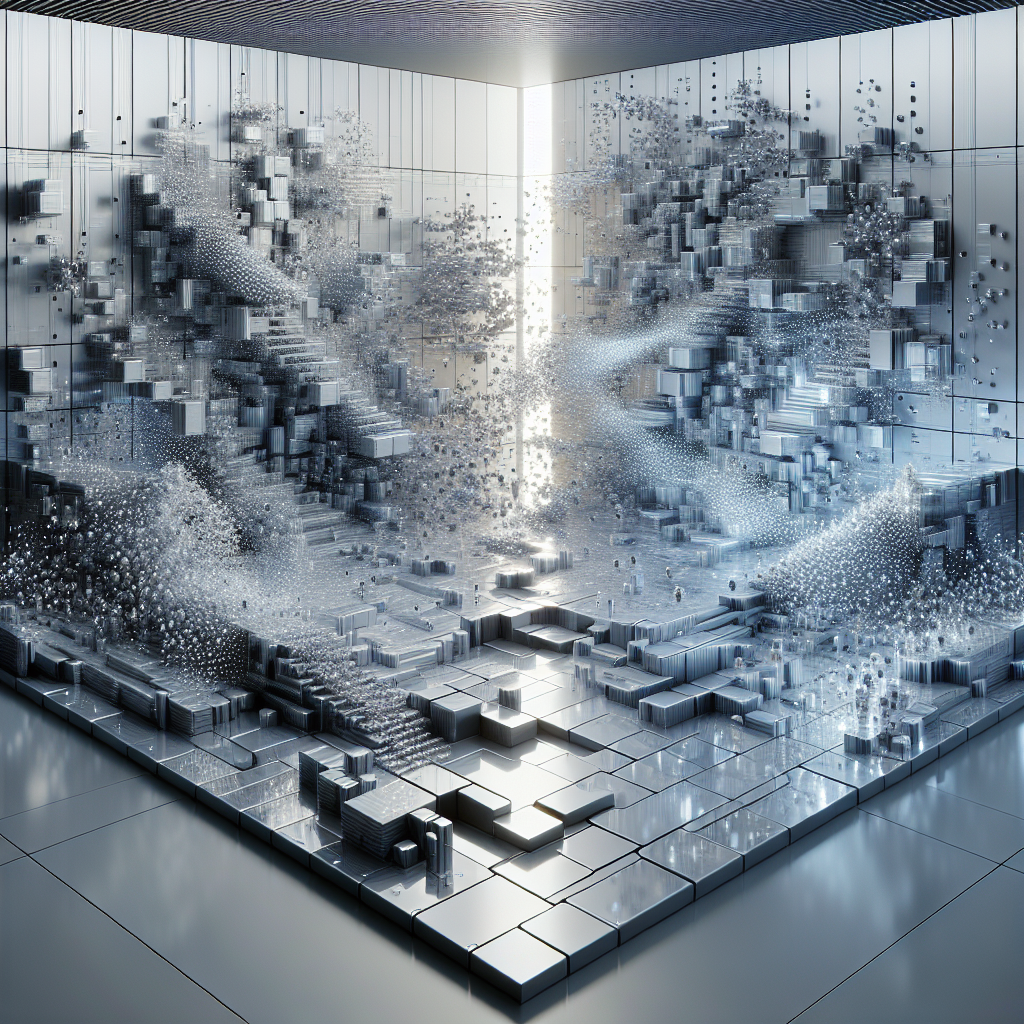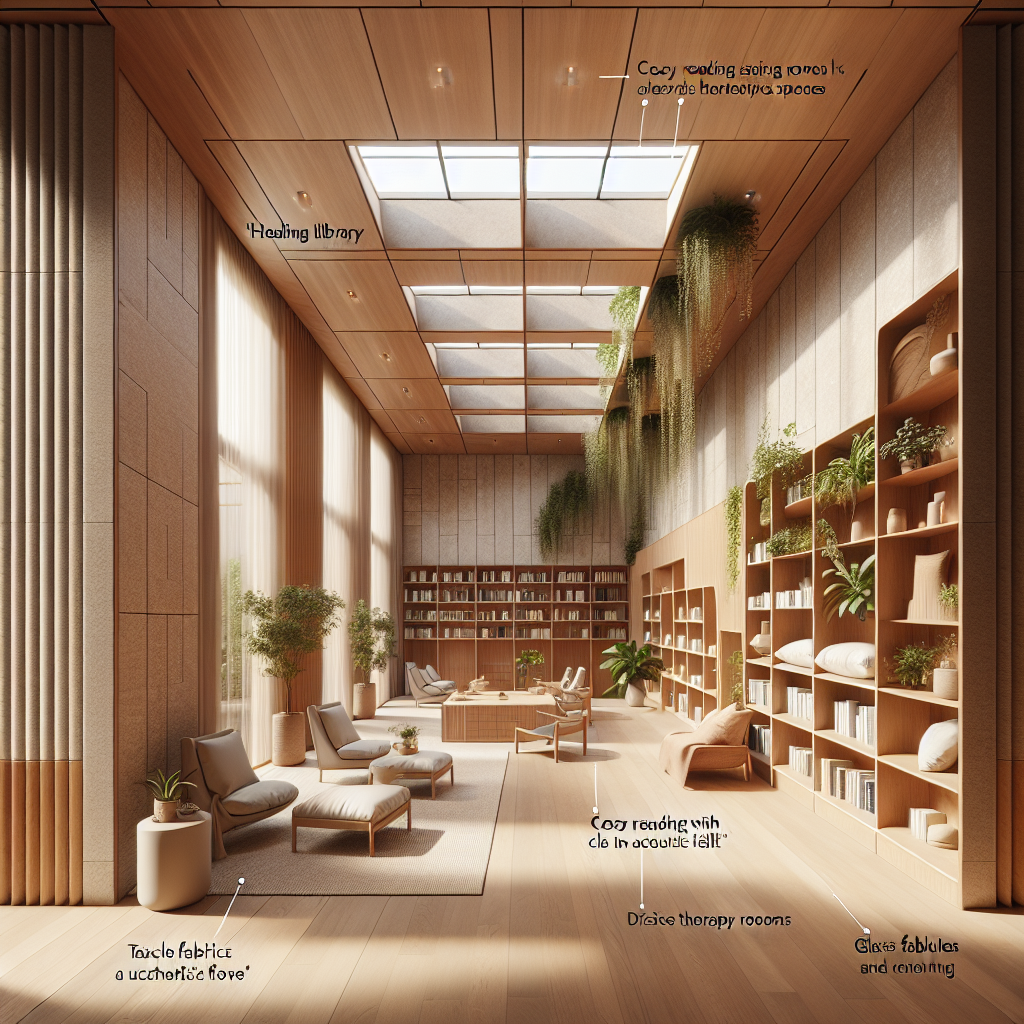Robot micro-brick systems: self-assembling walls that adapt to occupant needs

In the ever-evolving landscape of architecture and design, the concept of walls as static, immovable boundaries is being radically redefined. Emerging technologies in robot micro-brick systems are introducing a new paradigm: self-assembling, reconfigurable walls that adapt to the needs of their occupants in real time. This innovation sits at the intersection of robotics, material science, and spatial design, promising to transform not only how we build but also how we inhabit space. For architects, designers, and forward-thinking developers, the implications are profound—ushering in a future where architecture is no longer fixed, but fluid, intelligent, and deeply responsive to human behavior.
The Rise of Robot Micro-Brick Systems
At its core, a robot micro-brick system is composed of thousands of small, modular units—often no larger than a palm—that can autonomously connect, disconnect, and rearrange themselves to form walls, partitions, or even entire structures. Each micro-brick is embedded with sensors, actuators, and magnetic or mechanical connectors, enabling them to “swarm” together like living organisms. The concept draws inspiration from swarm robotics, where simple agents collectively perform complex tasks through decentralized coordination.
These systems are not speculative fantasies. Research initiatives at institutions such as MIT’s Self-Assembly Lab and ETH Zurich’s robotic construction groups have already demonstrated prototypes of self-organizing materials. Unlike traditional modular construction, which requires human intervention to rearrange, robot micro-bricks are designed to autonomously respond to environmental cues, user commands, or pre-programmed scenarios. Imagine a living room wall that retracts to expand into a dining area during a dinner party, or an office partition that morphs into private pods during focused work hours.
Adaptive Architecture: From Static to Dynamic
The promise of adaptive architecture has long fascinated designers. Kinetic facades, responsive shading systems, and movable partitions have been incremental steps toward buildings that react to human needs. Yet, robot micro-brick systems take this vision further by decentralizing adaptability. Instead of relying on large-scale mechanical systems, adaptability is embedded at the material level.
This approach resonates with broader architectural trends toward responsive design, where spaces are conceived as dynamic frameworks rather than rigid enclosures. By operating at the scale of individual units, micro-brick systems allow for a level of granularity and flexibility previously unattainable. A wall can be porous in one moment, solid in the next, or even partially transparent depending on light, privacy, or acoustic needs.
Design Implications: Fluid Interiors and Beyond
For interior designers, the aesthetic and functional possibilities are exhilarating. Imagine a gallery where walls rearrange themselves to accommodate new exhibitions overnight, or a retail space where the layout shifts dynamically in response to customer flow. The very notion of “floor plan” becomes mutable, more akin to a living organism than a static blueprint.
Visually, these walls could evoke a sense of futuristic tactility. Picture a surface composed of tessellated micro-bricks, each with a subtle sheen, creating a shimmering mosaic that shifts as it reconfigures. When activated, the wall might ripple like a wave, bricks detaching and reassembling with mesmerizing precision. The effect is not only functional but also poetic—a choreography of architecture in motion.
Sustainability and Efficiency
Beyond aesthetics, robot micro-brick systems align with the urgent demand for sustainable building practices. Traditional construction is resource-intensive and often inflexible, leading to waste when spaces are renovated or demolished. By contrast, micro-brick systems are inherently reusable and reconfigurable. A single set of bricks could serve multiple functions over decades, reducing material consumption and extending the lifecycle of built environments.
This approach dovetails with the principles of circular economy design, where materials are continuously cycled rather than discarded. In practice, this could mean fewer demolitions, less construction debris, and a radical reduction in embodied carbon. As cities grapple with the challenges of climate change, adaptive, reconfigurable systems may become essential tools in achieving net-zero targets.
Case Studies and Emerging Prototypes
While large-scale deployment remains in its infancy, early prototypes hint at the transformative potential of micro-brick systems. MIT’s experiments with “programmable matter” have demonstrated how granular units can self-assemble into predefined shapes. Meanwhile, ETH Zurich’s robotic swarm construction projects showcase how distributed agents can collaborate to build complex structures without centralized control.
In the commercial sphere, startups are exploring applications for flexible office environments, where partitions autonomously adjust to optimize acoustics, lighting, and privacy. In residential contexts, the technology could support the growing trend of micro-living spaces, where adaptability is crucial to maximizing functionality within compact footprints.
Challenges and Limitations
Despite the promise, significant hurdles remain. Energy efficiency is a primary concern: powering thousands of micro-bricks requires sophisticated low-energy protocols. Safety and reliability are equally critical; walls must maintain structural integrity even as they reconfigure. Moreover, the tactile and acoustic qualities of micro-brick walls must meet the high standards of comfort and performance expected in premium architecture.
Cost is another barrier. While economies of scale may eventually drive prices down, early implementations are likely to be limited to experimental projects, high-end developments, or institutional research environments. Yet, as with many disruptive technologies, widespread adoption could follow once the systems prove their durability and value.
Human-Centric Futures
Perhaps the most compelling aspect of robot micro-brick systems is their potential to create architecture that is genuinely human-centric. Instead of forcing occupants to adapt to rigid spaces, these systems allow spaces to adapt to occupants. A child’s bedroom could expand as they grow, a home office could dissolve into a social lounge at night, and a hospital ward could reconfigure itself in response to patient needs.
This vision aligns with broader cultural shifts toward personalization and flexibility in design. Just as artificial intelligence in architecture is enabling more tailored design processes, robot micro-brick systems promise to extend personalization into the lived experience of space itself. The result is an architecture that is not only smart but empathetic—attuned to the rhythms, desires, and well-being of its inhabitants.
Looking Ahead
As we move deeper into the 21st century, the boundaries between digital intelligence and physical architecture are dissolving. Robot micro-brick systems exemplify this convergence, offering a tantalizing glimpse of buildings that are as alive and adaptable as the people who occupy them. For architects and designers, the challenge is not only technical but philosophical: how do we design for a world where walls are no longer boundaries, but collaborators in the human experience?
The shift from static to dynamic architecture may be as significant as the transition from stone to steel or from analog to digital. It invites us to reimagine the very essence of what a building is—and what it could become. In this light, robot micro-brick systems are not merely a technological novelty but a profound redefinition of architecture itself.








